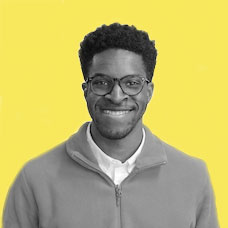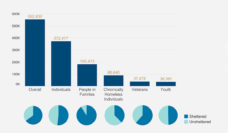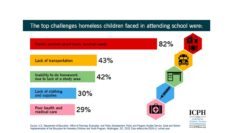Public Health Post: How do you think the public understanding of homelessness misses the mark?
Anahaita Kotval: The average person in the United States thinks that the homeless is the person on the street, and I do not think they understand that almost two-thirds of the homeless are not people who live on the street. They are living in shelters, they are working in our offices. We do not even know that they are homeless because they just look more like the rest of us. They are working, they have families, they seem “normal,” if you want to use that word.
With the people who are on the street, the common perception is that they choose to be on the street, or they do not choose to be on the street but they are because they chose to do drugs, or they chose to be mentally ill. That some defect in their upbringing, character, or their choices is the reason that they are homeless. I think, personally, that people want to believe this because otherwise it would be horrifying to think that any of us could be homeless. But it kind of lets you off the hook. If you are a halfway decent person and you do feel bad, you can tell yourself, I should not feel bad because they put themselves in that spot.
That is a real obstacle for us in trying to solve the problem, because if you are ambivalent about the deservingness of those people on the street to not be there, then you are not investing in much more than whatever it takes to sweep them off the streets so they are not in your face. We are spending way too much time trying to make the problem not visible. We are not really trying to solve the problem. We are not really focused on getting people out of shelters. We are really focused on getting them in, and that is more for our benefit than it is for theirs.
PHP: In your 2018 annual report, you mentioned pathways to self-sufficiency and a plan to “help people exit the shelter system promptly and permanently.”
At the orientation to our shelters, we talk about exit. We have people meet with a housing person the first day that they arrive. We are not trying to push people out before they are ready. But we need to help people exit the shelter system promptly and permanently. If the return rate is higher, then we have wasted everybody’s time, so it has to be when they are ready, and it has to be sticky.
PHP: You suggest the solution to homelessness involves a lot of different people. Can you speak to that a little bit?
At the end of the day, you could argue, helping someone who is homeless is actually pretty straightforward. You listen, you hear what people need, and then you figure out how to get it for them, but it is very complicated by the fact that no one person, and often no one agency, can meet all the needs of a person.
One of the hardest things for a social services provider is to know what you should try to do yourself, and where you should be trying to link someone to someone else who can do it better.
PHP: What are some of the biggest challenges that muddle current practice of combatting homelessness?
One is definitely the perception issue, which is, how far do people think we should help the homeless, and how much do people think they are capable of. The very narrow focus is: let’s get them shelter. It is really hard to get people to talk about employment and permanent housing and other things, and it is hard to get donors to make the kind of investment that that requires.
We often find that we have moved a person, we got them the job, and we have gotten them the housing, and then something goes wrong because we could not figure out how to get them the right medical care, and everything we just built has crumbled. How to give someone the whole package is really the biggest challenge, how to assemble the resources. And then the aftercare, to stay for some period of time after they leave us we have got to be there to keep the whole package together.
Image courtesy of Anahaita Kotval














